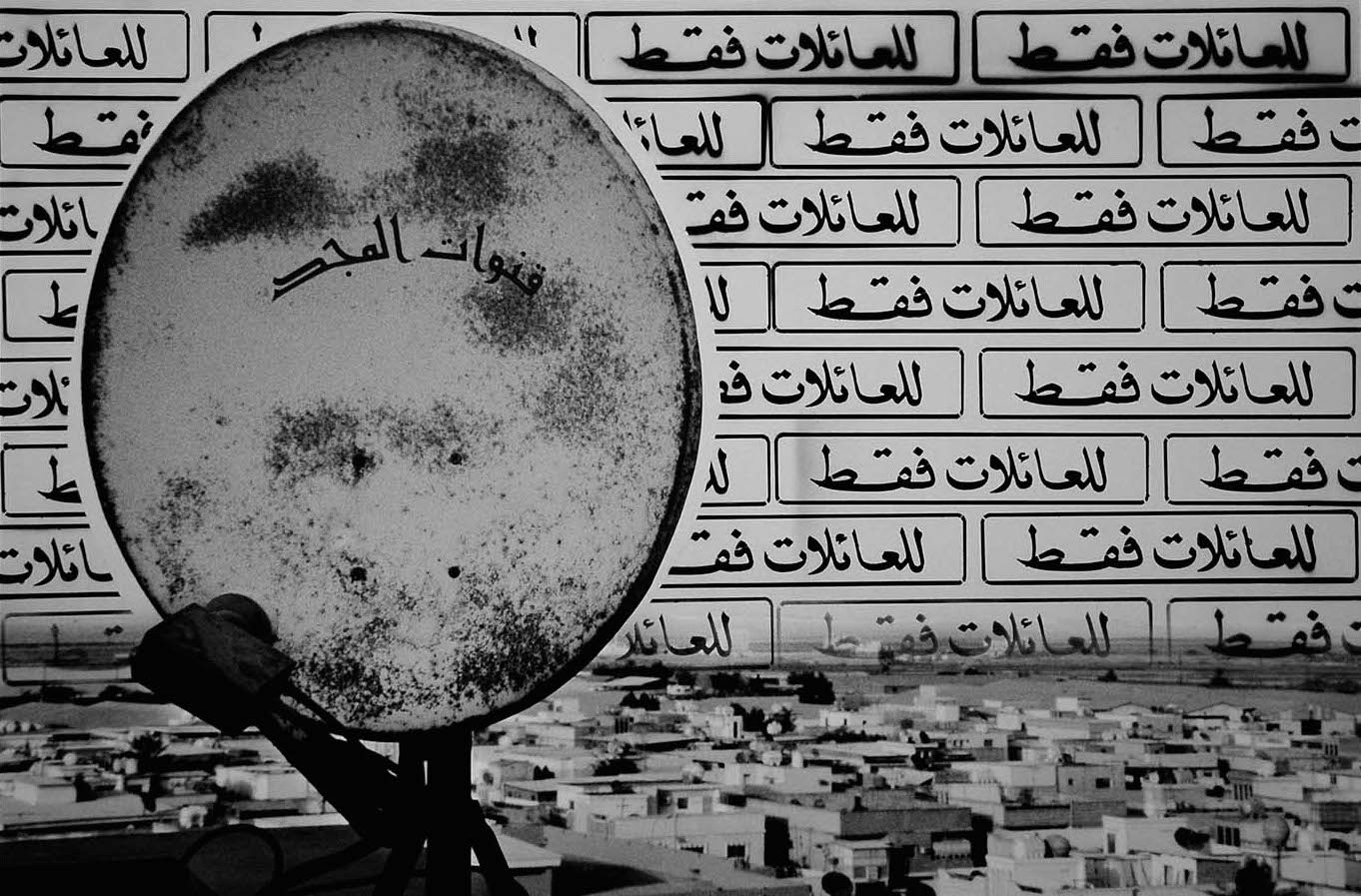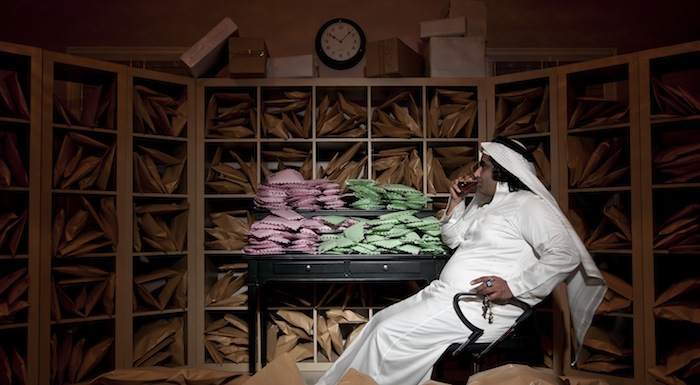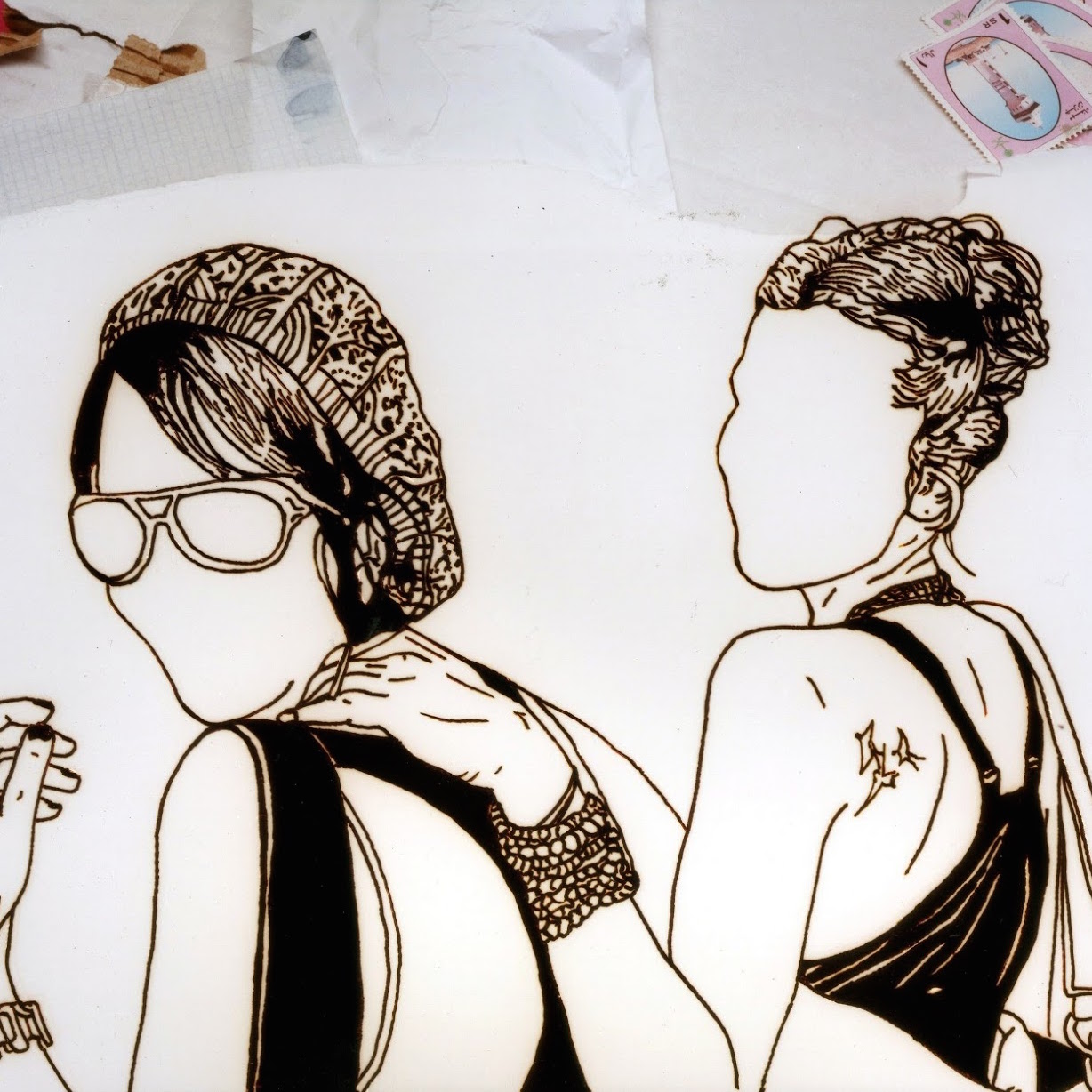Talkin’ ’bout an evolution in Saudi Arabia’s contemporary art scene
As a photographer, I salute life. I stop the world so that others can witness what has just happened. Without photographs, the world’s stories would be less believable. Wherever I go, my restless eyes frame new shots and search for new subjects. I see the world one frame at a time, while cataloguing incidents into a mental filing system of various categories – cultural, historic, religious – the list goes on.
My visual perceptions of life are being constantly tantalised, and my horizons unremittingly extended, enabling me to observe more keenly, see more deeply, and focus more sharply.
Though a non-Muslim, I was born, and have always lived in the heart of Islam – Saudi Arabia. I have been privileged to be able to travel far and wide, and in doing so, have observed that people tend to fear the unknown. For this reason, I would like to shed light on some current cultural and moral issues in the Kingdom with respect to the arts, such that others may better understand the evolution occurring within.
For the longest time, art in Saudi Arabia meant flamboyant calligraphy, or paintings of eagles and horses. When galleries began opening up, the scene was definitely not ‘happening’, and you could count the number of exhibitions taking place with your fingers. As well, there were a number of private exhibitions in embassies, consulates, and residencies, although one never really heard about these.
Today in the art scene in Saudi Arabia, nepotism reigns. As local artist and blogger Soraya Darwish puts it, ‘One of the main issues plaguing the local art scene is that an elitist group of artists promotes only what they like. It’s not about the art, but who you know’.
As mentioned, until only recently, most of the exhibitions occurring in the country showcased traditional art – nothing too special whatsoever. Contemporary art simply did not have a meaning in the Kingdom. It wasn’t in the dictionary.
In the realistic words of the journalist Adnan Z. Manjal, best known for his critiques on art:
Contemporary art is not the first thing you might think about whenever Saudi Arabia is mentioned. But if you decide to look beyond the veil of political media and stereotypes, you will be quite surprised at what you might discover.

Manal Al Dowayan - Strictly Families Only
From an objective point of view, being ‘surprised’ at what any of us may discover is actually quite optimistic and hopeful with respect to the future of Saudi’s art scene. Manjal’s definition of art relies on the intrinsic quality of an artist’s work – comprised of its message, vision, and experience - which stimulates audiences’ intellect and senses.
Back in November of 2011, the first Casual Art Talk (CAT), which sought to define art in the context of Saudi Arabia, was organised. As a result, the panelists and participants were forced to think about and focus on the local art scene, knowing it would be beneficial to do so. Art has existed for as long as man himself. For me, art is a mixture of skill combined with imagination and creativity. For Darwish (the founder of the event), an artist can be any individual who can feel their surroundings through their senses, and who is compelled to express their feelings through a medium. Art is proof that we are not just zombies engulfed in consumerism.
While some would consider talking about a sort of revolution, others would prefer to look at the artistic happenings in Saudi Arabia and the Saudi diaspora as an evolution
In many societies, creativity is not considered to be of importance; however, such societies do not take into account the fact that art can be a powerful means of communication. Though artists of Saudi origin are making names for themselves around the world, the Saudi art scene is still in its infancy. As well, although local initiatives have emerged, there is little action being taken. This well illustrates a classic Arab tendency – to simply talk without doing anything.
In her article, What is and isn’t Art in Saudi Arabia, Darwish, without hesitation noted that ‘Censorship has stood in the way of anyone who wants to teach art history as it should be taught’. Art should give everyone the opportunity to express his or her visions and opinions in a democratic way, although this is sadly not the case in Saudi Arabia, where the Government controls all forms of communication. Optimism remains, however, and artists and patrons still gather together in a small sphere of hope, and are taking advantage of non-traditional outlets such as Facebook and other sites to share and promote art independently. Athr Gallery, for example, constantly salutes and supports the arts through monthly exhibitions and yearly programmes (e.g. its Young Saudi Artists initiative) that are rich in diversity, and full of willpower.

Sami Al Turki - The Postman
Similarly, Edge of Arabia’s unstoppable motivation has encouraged a new perception of the art scene in Saudi Arabia. Early 2012’s We Need to Talk exhibition in Jeddah provided a glimpse into the Kingdom’s upcoming art scene. As well, their Create and Inspire competition stimulates creativity among Saudi youth and is also fuelling the production of art in the country, and their recent #COMETOGETHER exhibition in London’s Old Truman Brewery represented an unexpected and significant appreciation of contemporary Saudi as well as Middle Eastern art in general. The ‘coming together’ of Saudi and other Arab artists further helped battle negative stereotypes and prejudices with respect to the arts & culture of the Middle East, Saudi Arabia in particular.
Art as a kind of soft power now exists in Saudi Arabia, although the art scene in the Kingdom is still very young. The recent opening of Alāan Artspace in Riyadh is an explicit example, which shows how ‘green’ the scene is, and how far it still has to go. In an article published last month, The Guardian newspaper aptly noted how contemporary Saudi artists are breaking down ‘old safety barriers’. While some would consider talking about a sort of revolution, others would prefer to look at the artistic happenings in Saudi Arabia and the Saudi diaspora as an evolution.
I believe that art should not be something passive. Art has a message to spread, and a humanistic mission to accomplish, whether it’s in Saudi Arabia, or elsewhere in the world. Art was, is, and will always be one of the best forms of dialogue between human beings. Malraux, the French novelist and theorist referred to it as ‘the dialogue of metamorphosis and resurrection’. It is what binds, ennobles, and transcends humanity and its physical existence.
Cover image courtesy Jowhara AlSaud and Athr Gallery.

